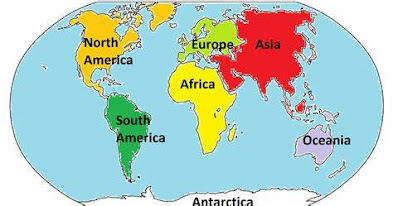Topic 6: Lakes
LAKES Formation and Types Lakes are large bodies of freshwater surrounded by land. They can form through various geological processes, including tectonic activity, volcanic activity, and glacial movement. Lakes are categorized as natural or artificial. Lake Superior, one of the Great Lakes in North America, is the largest by surface area. Lake Victoria in Africa is the second-largest and is crucial for regional biodiversity. The Caspian Sea, although called a sea, is technically the world’s largest lake. Water Supply Lakes are important sources of drinking water for many regions and play a critical role in water management systems. They support various species of fish, birds, and plants, and often play a key role in local climate regulation and water cycles. Lakes also provide recreational opportunities such as boating, fishing, and swimming, which can impact their ecosystems and require sustainable management practices. Climate Regulation Lakes can influen...






Soooo educative!!!!
ReplyDeleteThis is very educative
ReplyDeleteVery nice
ReplyDeleteThis is interesting drop more of this
ReplyDeleteI love this👌
ReplyDeleteI just learned something new👌👏
ReplyDeleteFuture teacher! This is really good 👌👏
ReplyDelete